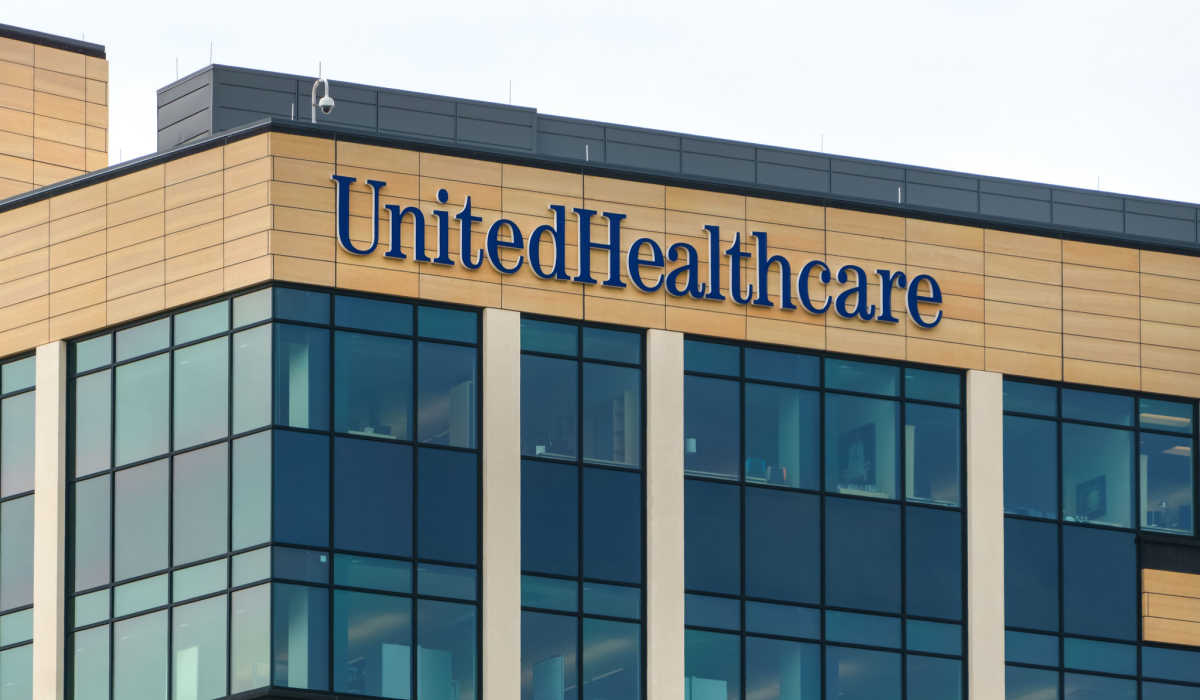A judicial green light, of sorts, for a multi-billion-dollar merger looks poised to cement healthcare’s place in the connected economy — especially when it comes to paying for it all.
To that end, the runway has (seemingly) been cleared for UnitedHealth Group’s $13 billion bid for Change Healthcare to proceed.
As was reported Monday (Sept. 19), a federal judge struck down the Justice Department antitrust challenge to UnitedHealth Group’s acquisition of Change.
And should the deal proceed apace, Change Healthcare would become part of UNH subsidiary Optum.
The positive ripple effect: Patients would get a more realistic insight into the care they need and how much it will all cost in real time. With financing options in the mix to help make that care more affordable.
Change Healthcare leverages information and analytics to improve the delivery of care and the overall payment processes as we noted earlier this week. The company notes on its site that, among other things, the analytics can help “automate provider contracts to help reduce costs and improve efficiency.”
The data, per Change, helps with scheduling in a proactive manner. And in reference to payments, the company also offers financial clearing services that can help patients find funding sources to help pay their medical bills — which in turn helps providers reduce bad debt.
In this way, the continuum of care and the financing of that care is improved through an ongoing digital transformation, with active engagement between providers and patients, with outcomes-based care a guiding principle.
The United deal to buy Change serves as an illustration of the trends that are firmly in place in the Connected Economy — where consumers access care across digital and in-person channels.
As proof positive, consider the findings from the study “Omnichannel Healthcare Takes Center Stage,” done in collaboration between PYMNTS and CareCredit. In that study, responses from more than 2,700 consumers found that roughly half of those individuals use a range of channels to get the care they need.
But paying for care remains daunting — so much so that, in a separate CareCredit report, “The Payment Cure: How Improving Billing Experiences Impacts Patient Loyalty,” 33% of patients surveyed said they did not get needed healthcare, mostly citing the inability to pay. And we found, too, that 41% of users of alternative healthcare payment plans said they “helped them manage their other bills or expenses.” The awareness of and desire to use financing is significant as 45% of all patients queried said they would be interested in using those options.




